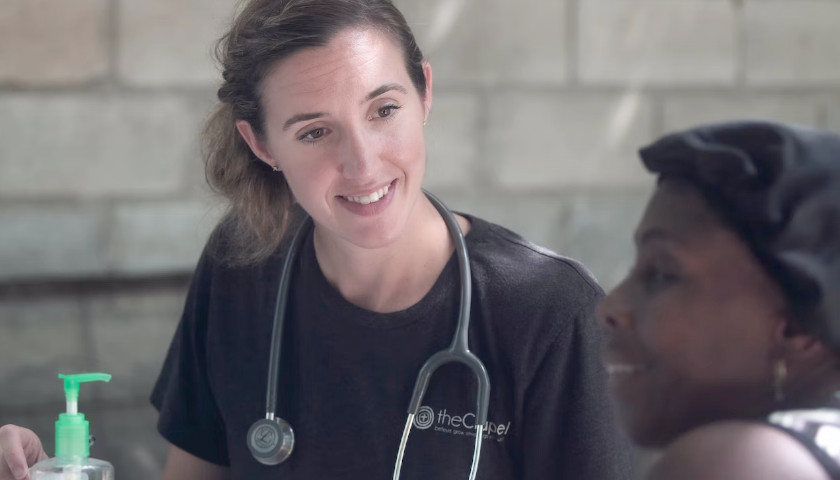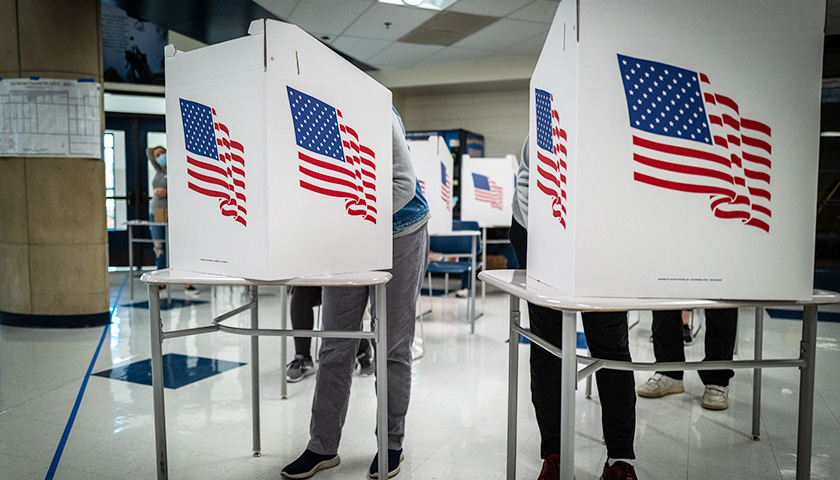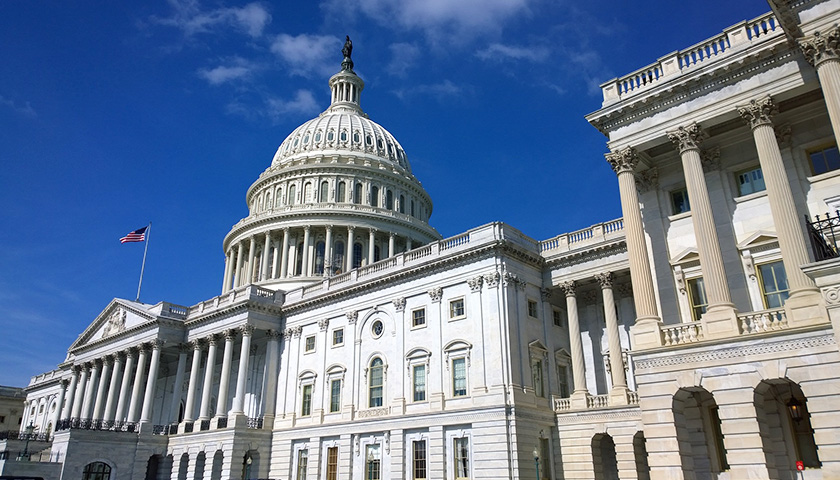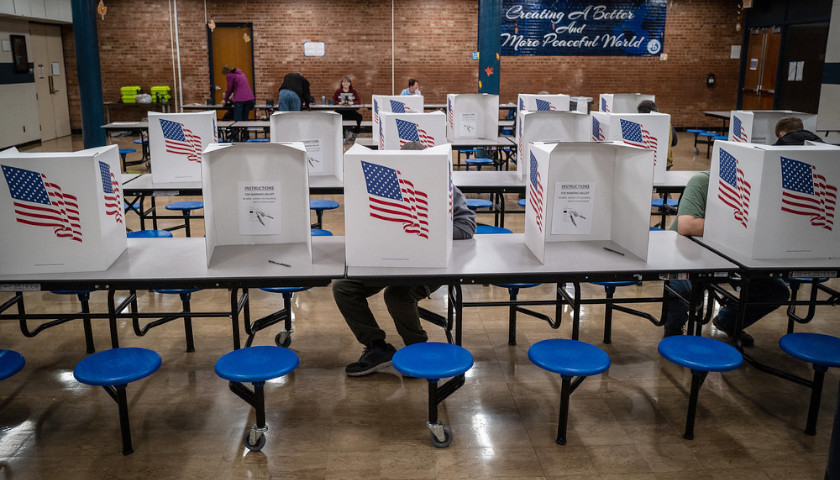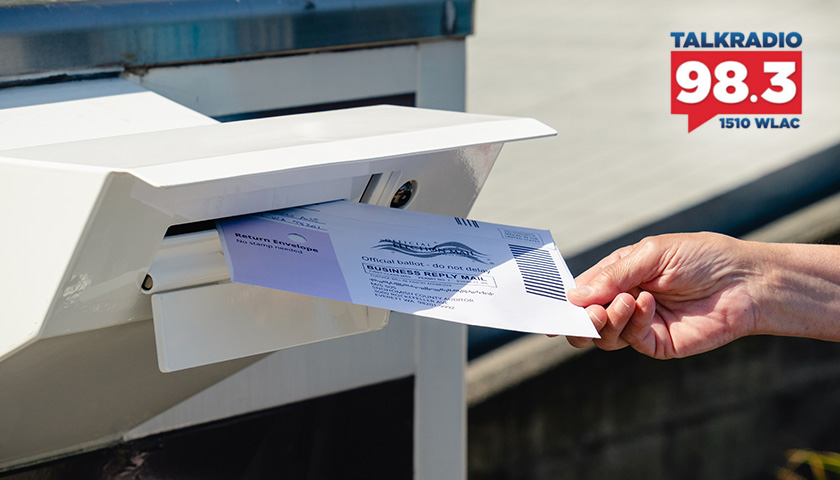by Eric Hargan
Are the political parties ready – and actually capable – of working together on healthcare reform? Last week’s elections might provide a clear path forward for both parties to show the American people that they are ready to govern in at least one way – through a simple means: making access to telehealth permanent.
The 2022 midterm elections are confirmation that the American people seem weary of both political parties. Republicans won a slim majority in the House of Representatives, and Senate Democrats kept their razor-thin majority in the upper chamber. The American public – in its collective wisdom, as it often does – voted for divided government.
Exit polls showed that most voters in this year’s elections view one party positively, and the other negatively – nationally, about 40 percent of midterm voters held a favorable view of only the Republican Party, and a similar percentage held a favorable view of only the Democratic Party. Still, exit polling conducted for CNN found that 11 percent of the nationwide electorate, disliked both parties (this group broke for Republicans nearly 60 percent of the time, favoring the GOP House candidate). If either party wants to win a governing mandate in 2024, all the numbers (election results and polling data) confirm that both political parties need to find some consensus and compromise on some issues.
With a number of high-profile, relatively moderate Democrat Senators up for reelection in 2024 – such as Joe Manchin, Kyrsten Sinema, John Tester, Jacky Rosen, and Robert Casey – Republicans should be reasonably confident that Senate Democrats would be eager to pass bipartisan legislation, and one shared goal of both parties is increasing access to medical care. And because of the Republican flip in the House, uber-progressive proposals will be replaced very soon, with more center-right ideas able to make it to the president’s desk for signature. Presumed Speaker-elect Kevin McCarthy – to build on his majority in the House in the next election – may want to achieve some key legislative wins. Both parties are properly incentivized to get – at least, some – things done.
The good news is that an early, simple win is within reach for Congress as it moves on potential healthcare proposals – specifically, the pandemic-era innovations in telehealth. Access to medical care matters to all Americans. Innovations, cures, and treatments are vital to everyone in every corner of the country. The growth of telemedicine has the potential to increase access to care and better health outcomes for all Americans – especially in rural, often-Republican areas and, urban often-Democratic areas. Expanding access to telemedicine will help solve the crisis of medically underserved areas in every state – Blue, Red, or Purple.
Since the start of the Covid pandemic, many temporary measures were passed to ensure people did not lose essential access to healthcare. For instance, innovative telehealth applications were enabled by the Public Health Emergency (PHE) declaration and regulatory reform in early 2020, allowing increased health care access to millions of Medicare and other patients. Seniors in rural communities, patients with mobility issues, and beneficiaries unable to visit a doctor’s office were all able to much more easily access medical care in a new convenient way.
Here’s a bipartisan idea: make the temporary telehealth changes permanent. Everyone wins – a worthy and rare event in Washington, DC. And, like Operation Warp Speed, expanding access to telehealth in Medicare shows that the future of healthcare reform and medical progress runs through public-private partnerships where private-sector innovators work with and through public entities and programs.
Unless Congress acts, millions of patients currently benefiting from access to telehealth remain vulnerable to sudden cut-off.
Telehealth is improving lives in communities across the country. Mobile devices and health applications have played a critical role in the public-private health response to the pandemic. From accessing public health information to swift and safe consulting with a health care provider, the Covid crisis made telehealth an essential component of America’s healthcare system. American medicine has changed for the better because of this innovation. The new Congress can build on this success by making the temporary changes permanent.
Keeping and protecting telehealth access could be a big win for Congress and patients. Eventually – sooner rather than later – the pandemic emergency will end, from a legal point of view. There is no good reason for Congress to let the temporary telemedicine changes to end with it. Making these changes permanent is real, achievable healthcare reform that will expand telemedicine – meaning access to treatments and care – to vulnerable patients.
Bipartisan healthcare reform is possible, and in spite of everything, we may have the 2022 midterm election madness to thank for it.
– – –
Eric Hargan is the founder and CEO of The Hargan Group, a healthcare consulting firm. He previously served as Deputy Secretary of the US Department of Health and Human Services (2017-21) and Acting Secretary (2017-18). He is on the boards of University Hospitals in Cleveland, Alio Medical, Tomorrow Health, HealthTrackRx and SIU Medicine Department of Population Science & Policy.

